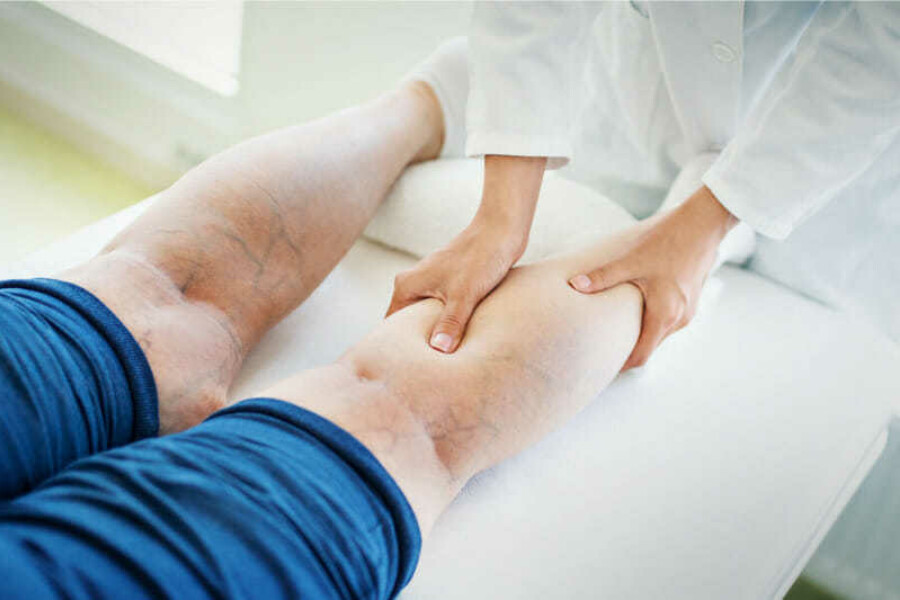The Benefits of Interventional vs. Conservative Treatments for Varicose Vein Patients

If you’re struggling to manage your varicose veins, a proactive approach to treatment can help you find lasting relief.
Varicose veins affect as many as 23% of Americans. For many patients, these inflamed blood vessels seem little more than an inconvenience, leaving them with some unsightly but manageable redness and swelling in their legs.
As common as they are, however, varicose veins shouldn’t be ignored. If left untreated, varicose veins can significantly reduce your quality of life and can lead to serious complications such as ulcers and deep vein thrombosis. That’s why we strongly encourage all patients to take as proactive an approach as possible to your health and take advantage of the advanced interventional treatments available today.
Conservative Treatments
Many treatments for varicose veins are centered around conservative measures that help patients reduce swelling and improve circulation without procedures. These include basic lifestyle adjustments such as losing weight, regularly exercising, and stopping smoking.
Some patients with varicose veins also find relief from wearing compression stockings, a historically popular treatment for chronic venous insufficiencies. While these garments can alleviate symptoms in some patients, they aren’t for everyone. They can be difficult to put on and uncomfortable for those who live in warmer climates or have conditions like arthritis. More importantly, they can lead to obstructions in the arteries and lymphatic system, and they don’t address venous reflux, a major contributor to varicose veins in the first place.
Conservative treatments have their place in varicose vein management, but proactive interventional treatment can offer better outcomes in the long term.
Interventional Treatments
Treatments for varicose veins have greatly advanced in recent years. Patients can now take a much more active role in managing their condition and undergo a minimally invasive procedure that provides lasting relief from their symptoms. In fact, these treatments have become so reliable that many providers recommend trying interventional methods first before moving to conservative treatment options.
The most effective of these procedures is vein ablation. During an ablation, a vein specialist uses energy to eliminate a vein, usually by cauterizing it or injecting a chemical that removes the endothelial tissue that lines it. There are two possible approaches to the procedure, both of can be performed in an outpatient facility:
Thermal Ablation
During a thermal ablation, a vein specialist applies heat to the veins to cauterize them, usually with a high-frequency radio wave or a specialized laser.
Chemical Ablation
During a chemical ablation, a vein specialist injects into the vein a chemical called a sclerosant that eliminates the endothelial lining.
In addition, some vein specialists can perform an ambulatory microphlebectomy and remove the veins with a micro-instrument.
All of these endovenous techniques are an ideal solution to varicose veins. As minimally invasive procedures, they result in little pain and scarring during recovery and minimize the risk of complications, all while providing significant relief from symptoms. Since patients can walk immediately without restrictions and don’t need to wear compression garments, they can promptly resume most daily activities. In the weeks and months to come, nearly every patient can expect a great improvement in their quality of life.
Every patient with varicose veins has different needs. If you’re looking for relief from varicose veins, it’s best to speak with a knowledgeable expert who can evaluate your symptoms and discuss your options. To ensure that you receive appropriate care, schedule an appointment with a vein specialist today to develop a course of treatment that’s tailored to you.